News | 10 October 2023
Exploring Various Types of Office Rooms and Their Functionality
Throughout the century, the concept of the workplace has always been evolving. Offices are no longer confined to drab, uniform cubicles. Instead, various types of office rooms have emerged, each tailored to specific functions and work styles. Each type highlights their unique features and each of them has its own benefits. Here are various types of office rooms and their functionality:
- Conference Rooms
Conference rooms are the nerve centers of most offices. They come in different sizes, from small huddle rooms for impromptu meetings to large boardrooms for high-stake presentations. Equipped with audio-visual tools, comfortable seating, and whiteboards, these rooms facilitate brainstorming, decision-making, and client meetings.
- Breakout Rooms
Breakout rooms offer employees a change of scenery for impromptu discussions or a quiet space to focus. They are particularly valuable in open office environments where noise can be a distraction. Breakout rooms come in various sizes and designs, catering to different collaboration needs.
- Private Offices
Private offices provide solitude and privacy for employees who require minimal distractions or deal with sensitive information. These spaces are often occupied by managers, executives, or employees working on confidential projects. Private offices may vary in size and can be customized to suit the occupant's preferences.
- Open Workspaces
Open workspaces, also known as bullpen areas, are characterized by their open layout without partitions. They promote collaboration and communication among employees and are particularly popular among startups and creative industries. These spaces often feature shared workstations, ergonomic furniture, and communal areas.
- Cubicles
While cubicles have somewhat fallen out of favor, they still find use in some office environments. Cubicles offer a degree of privacy while maintaining a level of openness. They are suitable for organizations looking to balance privacy with collaboration.
In conclusion, the diversity of office rooms reflects the evolving needs and work styles of the modern workforce. Employers are increasingly recognizing the importance of offering a variety of spaces to accommodate different tasks and work preferences. By providing a range of office room types, organizations can create a more dynamic, productive, and comfortable work environment that fosters creativity, collaboration, and overall employee satisfaction. As the workplace continues to evolve, so too will the types of office rooms that support it.
NEWS UPDATE
Stay update with our News, Stories, and Events
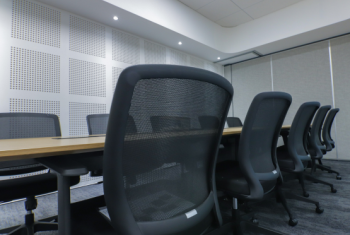
News | 03 October 2023
Creating the Perfect Ambiance in Meeting Rooms for Enhanced Productivity
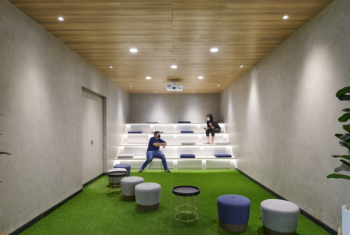
News | 29 September 2023
Enjoy Your Personal Space in Office
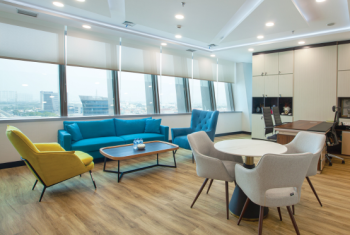
News | 22 September 2023
Embracing the Beauty and Benefits of Natural Light with GGS Interior
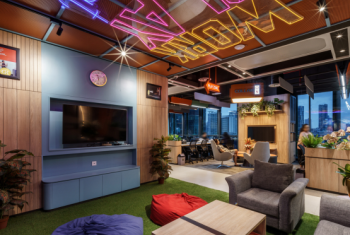
News | 19 September 2023
The Power of Leisure Spaces in the Workplace
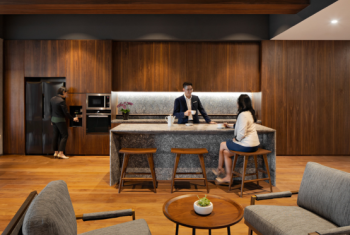
News | 15 September 2023
Bringing Nature Indoors: Wood Motifs for Your Office Space
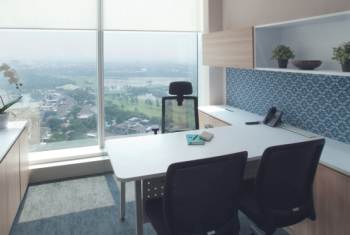
News | 12 September 2023
The Transformative Power of Big Windows in Your Office Room
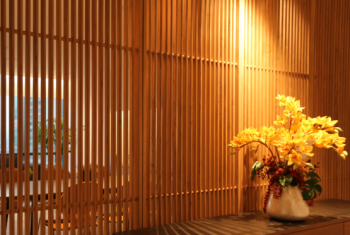
News | 08 September 2023
Warmth and Versatility: The Transformative Power of Wood Partitions in Modern Spaces
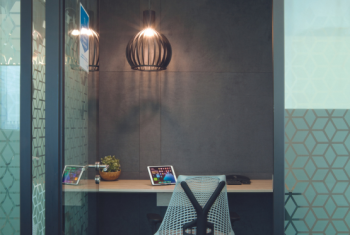
News | 05 September 2023
Fostering Concentration and Creativity: The Role of Focus Rooms in the Modern Office

News | 01 September 2023

